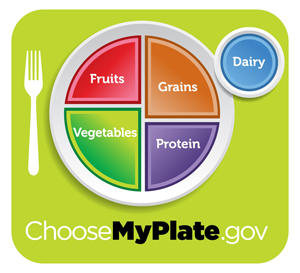Pepper Pot Soup
Yields: 12 servings
IngredientsYields: 12 servings
1 pound sirloin steak, trimmed, cut into 1/2-inch pieces (or 1 pound honeycomb tripe)
5 slices bacon, diced
1/2 cup chopped onion
1/2 cup chopped celery
3 leeks, chopped
1 bunch fresh parsley, chopped
2 green bell peppers, diced
2 quarts low sodium beef stock
1/4 teaspoon dried thyme
1/2 teaspoon dried marjoram
1/2 teaspoon ground cloves (optional)
1/4 teaspoon crushed red pepper flakes
1 bay leaf
1 teaspoon ground black pepper
1 large potato, peeled and diced
2 large carrots, diced
4 tablespoons unsalted margarine
4 tablespoons all-purpose flour
Directions
1. Place the beef in a nonstick saucepan. Cook and stir occasionally until no longer pink on the outside, about 3 to 4 minutes. Drain and cut the beef into 1/4 inch pieces.
2. In a large kettle, saute the bacon until clear. Add the beef, onion, celery, leeks, parsley, and green peppers; saute until tender.
3. Stir in beef stock, thyme, marjoram, cloves, red pepper flakes, bay leaf, and black pepper. Bring the kettle to a boil. Turn the heat down to a simmer. Cook, covered, until meat is very tender, about 2 hours.
4. Add the diced potato and carrots, and cook for an additional 20 minutes.
5. Prepare the roux by stirring the flour into the melted margarine, and cooking for a moment on the stove. When the soup is done to your liking, stir in the roux. Simmer, stirring all the while, until the soup thickens a bit. Correct the seasonings.
3. Stir in beef stock, thyme, marjoram, cloves, red pepper flakes, bay leaf, and black pepper. Bring the kettle to a boil. Turn the heat down to a simmer. Cook, covered, until meat is very tender, about 2 hours.
4. Add the diced potato and carrots, and cook for an additional 20 minutes.
5. Prepare the roux by stirring the flour into the melted margarine, and cooking for a moment on the stove. When the soup is done to your liking, stir in the roux. Simmer, stirring all the while, until the soup thickens a bit. Correct the seasonings.
Nutritional Information
Ensure accurate nutritional analysis for your recipes utilizing an extensive research database and over 25 years experience. A valuable service for the Recipe Blogger, Media, Cookbook Publishers, Writers, Chefs, and Recipe Websites. Your readers will benefit from the Nutrition information and a Registered Dietitian. Contact: Sandra Frank, Ed.D, RDN, FAND at recipenews@gmail.com 954-294-6300

































